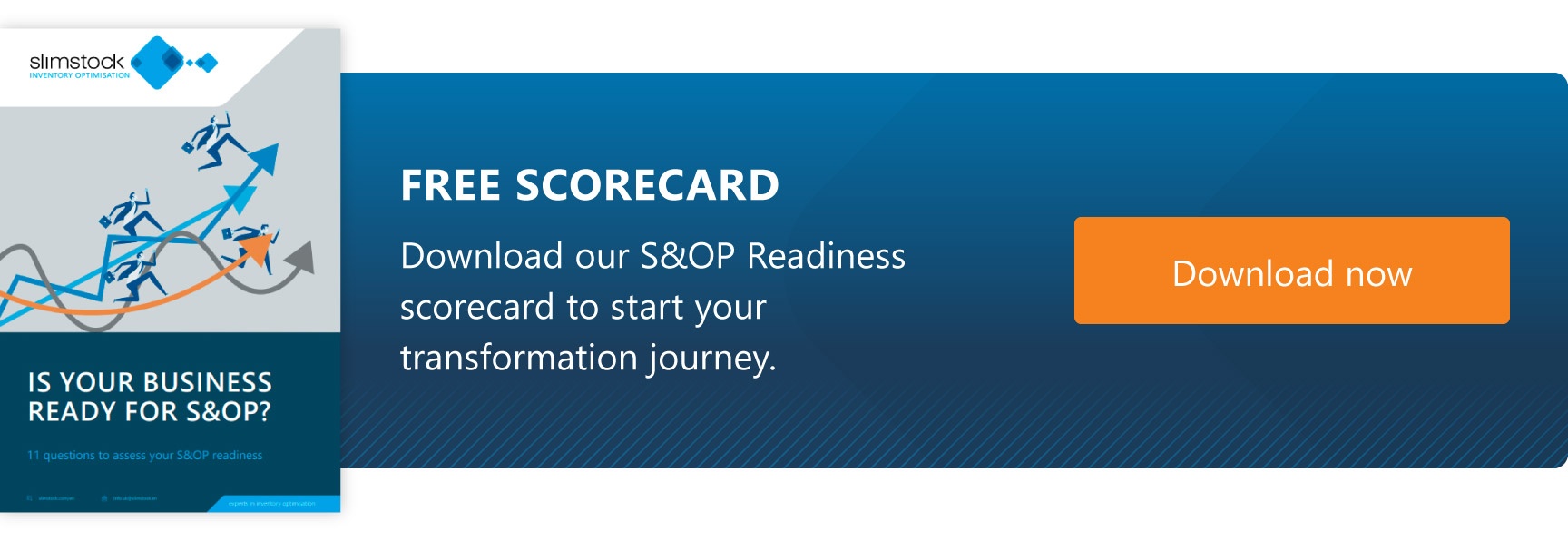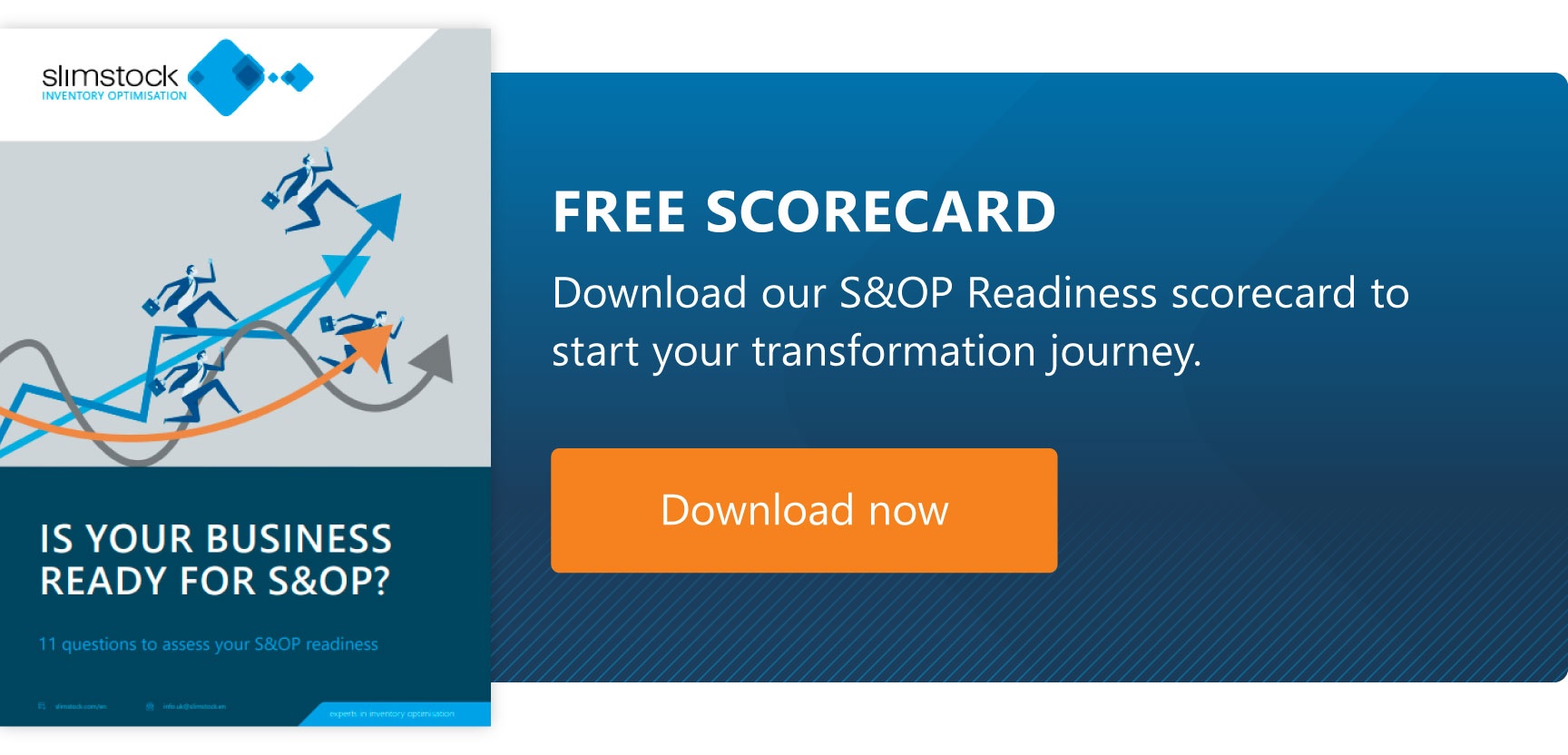Table of contents
Table of contents- How Cross-Docking Enhances Supply Chain Efficiency
- What is cross-docking?
- How does cross-docking work?
- What are the benefits of cross-docking compared to other models?
- What kind of products is cross-docking best suited for?
- What are the limitations of cross-docking?
- Cross-docking: a valuable tool for supply chain efficiency
- Cross-Docking FAQs
To stock or not to stock? That is the question. In this blog, we will explore how to optimise your supply chain through accurate calculations of safety stock and EOQ, among other essential strategies for efficient inventory management.
However, there are times when stock can be unnecessary—or at least reduced to a minimum. We saw this in a recent article on the JIT method, where a manufacturer receives supplies directly from its suppliers with virtually no inventory. Today, we’ll focus on cross-docking, a technique where products are received in a warehouse and then quickly distributed with minimal handling and without being stored.
What is cross-docking?
The literal translation of “cross-docking” gives us a good idea of the concept. In a cross-docking strategy, products—whether raw materials, components, or finished goods—arrive at the warehouse and, without being stored, are loaded onto transport vehicles for delivery to the end customer or shop. Essentially, these goods are never placed on the distribution centre shelves; they simply “cross the loading dock” of the warehouse.
How does cross-docking work?
The fundamentals of cross-docking are relatively straightforward. First, you need a distribution centre with inbound and outbound doors to receive goods from suppliers and ship orders to customers or stores.
The cross-docking process occurs in this hub or distribution centre and consists of several stages:
Receipt of goods: Products arrive at the distribution centre and trucks unload the products in the designated areas.
Classification and preparation: Goods are sorted according to their final destination. This process may include specific control tasks such as checking the quality and quantity of the goods.
Transfer: Products are transferred from the receiving area to the shipping areas.
Loading and shipping: Products are loaded onto lorries destined for the points of sale or the end customer.
What are the benefits of cross-docking compared to other models?
It may seem obvious, but reducing the time goods spend in the warehouse to a minimum has many benefits. And it is precisely these benefits that cross-docking is all about. Let’s review some of these benefits.
Reduction of storage costs
Prolonged storage is avoided as goods are quickly distributed, which can reduce inventory costs.
Increased operational efficiency
With cross-docking, the level of handling is reduced, lowering the risk of damage and loss. The cross-docking operation is typically far more agile by eliminating the put-away step of the operations process.
Reduction of delivery times
Lead times are improved by eliminating intermediate storage stages. This means products can reach their final destination faster, resulting in better service and greater customer satisfaction.
Improved inventory management
Products do not remain in the warehouse for a long time, improving inventory turnover and other KPIs linked to stock management.
Supply chain optimisation
Cross-docking results in high-level coordination between suppliers, warehouses, and carriers, optimising the entire supply chain.
What are the main types of cross-docking?
Cross-docking comes in two main types, depending on how orders are prepared and the processes carried out in the distribution centre.
Pre-distributed cross-docking
In this model, products arrive at the distribution centre sorted and labelled for their final destination. They are pre-grouped according to specific orders before reaching the centre. Handling is minimal, as the distribution centre simply transfers the products from the receiving area to the shipping area without any additional sorting.
Consolidated cross-docking
Products arrive at the distribution centre in large batches and are then consolidated into new shipments based on the end customer’s needs. Unlike pre-distributed cross-docking, this method requires more processing and organisation within the distribution centre. It involves additional handling, including sorting, labelling, and consolidating products into various shipments.
The consolidated model is, therefore, more complex and flexible as it allows for the creation of more customised orders for the customer.
What kind of products is cross-docking best suited for?
Any product can be distributed by cross-docking. However, there are some types of goods for which this method is used more frequently because they need to be distributed quickly.
Perishable products
Fresh foods such as fruits, vegetables, meats, fish and dairy products must be kept fresh and have a short shelf life. Flowers and plants would also be included in this category.
High-turnover goods
FMCG products such as beverages, snacks, cleaning products and toiletries that are in high demand and sell out quickly. Also, mobile phones, computers and other electronic devices have short life cycles and tight and demanding launch dates in shops or markets.
Seasonal and promotional products
Clothing and accessories that are seasonally fashionable and need to be available quickly in shops. Also, items are launched for special promotions, events, or holidays with limited sales.
Urgent products
Medicines requiring rapid delivery to maintain efficacy, including vaccines and biologicals. Also, medical supplies and equipment are needed for emergencies or high demand.
E-commerce products
Items purchased by the customer on e-commerce platforms need to be prepared and shipped quickly to meet users’ expectations regarding delivery times.
Mail products at forwarding hubs
Mail companies are experts in forwarding systems. Parcels are picked up in vans from the origin and grouped at the hubs according to destination for transport in trailers. These trailers are deconsolidated at the destination, and the goods are put back into vans for home delivery.
What are the limitations of cross-docking?
Cross-docking offers many advantages but has limitations and challenges that can impact its implementation and maintenance.
Essential technology and infrastructure
Advanced warehouse management systems (WMS) and tracking technologies are required to coordinate the receipt and shipment of goods efficiently. This means that the initial investment to get it up and running can be high.
Need for coordination and synchronisation
Forget about implementing a cross-docking strategy if you cannot coordinate effectively with the other links in the supply chain. You must synchronise with suppliers, customers and carriers to ensure that products arrive on time.
Infrastructure constraints
By the very nature of cross-docking, warehouse space will be limited. If the system runs smoothly, there will be no problems, but if there are delays in the supply chain or unexpected peaks in demand, the capacity of the infrastructure may be strained.
Special handling
Some products, such as fragile or dangerous goods, may require unique and less hasty handling that complicates cross-docking.
High sensitivity to supply chain failures
Problems at any point in the supply chain, such as supplier delivery delays, can significantly impact cross-docking efficiency. Similarly, as in JIT, the dependence on your suppliers and carriers is very high.
Reduced flexibility and adaptability
Cross-docking can be less flexible in the face of sudden changes in demand compared to more traditional distribution models.
Operational complexity
The implementation and operation of cross-docking can be complex, requiring detailed planning and ongoing management to ensure its effectiveness. It needs constant monitoring and adjustments to optimise processes and respond to changing market and supply chain dynamics.
Cross-docking: a valuable tool for supply chain efficiency
The truth is that holding and maintaining stock is costly and risky. Therefore, all processes that allow inventory to be reduced – as long as they do not affect the level of service – are a good idea to gain efficiency, reduce costs and free up working capital.
However, organisations don’t hold stock on a whim; they do so to manage fluctuating demand and unexpected events in the supply chain while maintaining service levels.
Therefore, cross-docking should be seen as a technique to enhance agility in operations, improve efficiency, and achieve optimal stock levels.
Cross-Docking FAQs
What are the characteristics of a cross-docking ready warehouse?
A warehouse equipped for cross-docking must have a design that facilitates the fast and efficient flow of products, with clearly defined areas for receiving and dispatching goods. It must have advanced inventory management and tracking technology, accessible and sufficient loading and unloading spaces, trained personnel and machinery to handle fast operations and infrastructure for minimal product handling.
What are the phases of cross-docking?
Cross-docking involves receiving goods, inspecting and sorting them, transferring them to shipping areas, and loading them onto outbound trucks for delivery, all while minimising storage time.
What are the keys to efficient cross-docking?
Efficient cross-docking relies on precise coordination with suppliers, customers, and carriers, an advanced inventory management system, well-trained staff, suitable infrastructure, and real-time tracking technology. Effective communication among all parties is also crucial for synchronisation, minimising lead times, and reducing errors.
What is the origin of the cross-docking method?
The origin of the cross-docking method dates back to the 1930s with the US freight forwarding company United Parcel Service (UPS). UPS implemented this method to optimise the delivery of packages, reducing the time and costs associated with intermediate storage. The term “cross-docking” became popular in the 1980s and 1990s, when large retailers such as Walmart adopted this technique to improve the efficiency of their supply chain.







